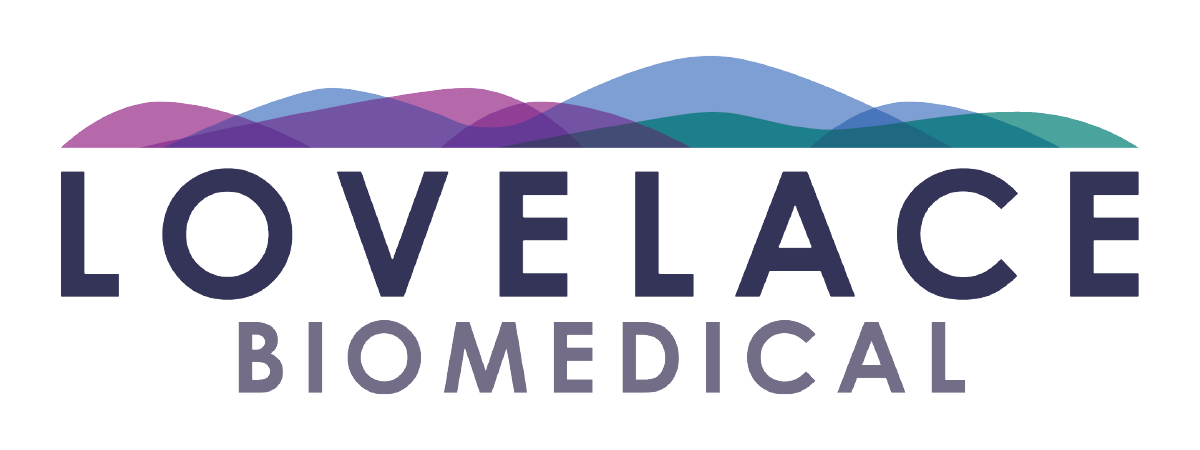While the concept of gene therapy has been around for decades, gene therapy companies are just beginning to convert the promise of gene therapy into reality for patients suffering from a variety of rare diseases and cancer, among others. The gene therapy industry went into dormancy after a high profile patient death in 1999 but is now making a resounding comeback, with investments in gene therapy companies nearing $1 billion since 2013 and Uniqure achieving the first regulatory approval for a gene therapy product in 2012. CNBC’s labelling of gene therapy as “Biotech’s New Buzz” in 2015 is likely an understatement, with several pivotal clinical trials on target to begin to provide meaningful data in 2016. In fact, the gene therapy sector now has 14 publicly-traded companies; including 2 new IPO’s in 2016.
Gene therapy has certainly become a hot, emerging area of biotechnology, yet the development of gene therapy products comes with unique challenges that require specialized expertise to address. Gene therapies that are delivered with a viral vector delivery system initiate innate immune responses that may limit their effectiveness or cause unwanted side effects. In other cases, the gene may insert into the patient’s DNA causing a new mutation leading to disease. Further, if not designed for targeted protein delivery, the gene product may have adverse effects when delivered in high concentrations to a normal tissue in the patient.
Before gene therapies can enter clinical trials, their efficacy, safety, tissue distribution and immunogenicity must be assessed in preclinical animal models. These studies differ from evaluation of small molecules, for example, in many ways. Pharmacology studies evaluating efficacy of gene therapy products often require complex animal models of disease. Gene therapy products are often delivered locally to target organs by interventional or surgical procedures, and size requirements often dictate that large animals must be used. Evaluation of biodistribution of gene therapy products focuses on localization of both the delivery vector as well as the expressed protein, and requires techniques such as RT-PCR, ELISA and immunohistochemistry. Toxicology studies evaluate the potential deleterious effects of the gene therapy vector or protein product on normal healthy tissues, and requires an understanding of the probability of either entity reaching off target organs.
Scientists at Lovelace Biomedical have been working with commercial, academic and government sponsors on evaluating gene therapy products for nearly a decade. Lovelace Biomedical has, in fact, served as the NHLBI Gene Therapy Resource Program core lab for toxicology and pharmacology, and has implemented innovative animal models and techniques for the evaluation of efficacy, safety, biodistribution and immunogenicity of a wide variety of gene therapies. Through this experience, Lovelace Biomedical has been exposed to most emerging types of gene therapy products, and actively engages with sponsors to develop their pre IND packages, defend pre-IND packages with the FDA and have ultimately contributed to several successful IND submissions. Because of this, Lovelace investigators are not only uniquely skilled in the scientific and technical aspects of evaluating gene therapy products, they are uniquely familiar with current regulatory guidelines. This experience and expertise makes Lovelace Biomedical and ideal partner for gene therapy companies interested in accelerating their technologies into clinical development.
Janet Benson, PhD, DABT is the Director of the Applied Toxicology and Gene Therapy Pharmacology and Toxicology Program at Lovelace Biomedical and a Senior Scientist. She has over 8 years of experience assisting clients with preclinical development of gene therapy products. Dr. Benson has been a toxicologist at Lovelace for 39 years. Dr. Benson holds a BS degree in Chemistry from the University of California, Berkeley and a PhD in Comparative Pharmacology and Toxicology from University of California, Davis. She has over 100 publications in the scientific literature, and is a member of the American Society for Gene and Cellular Therapy and the Society of Toxicology.

